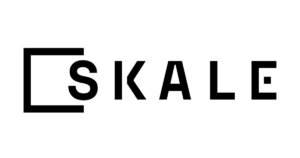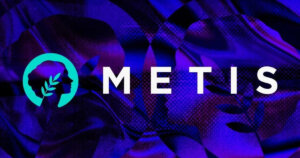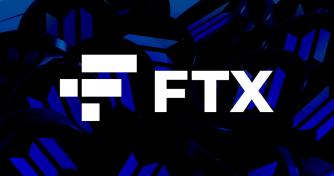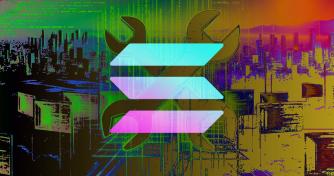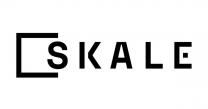 Grayscale report highlights potential Solana risks, should you be concerned?
Grayscale report highlights potential Solana risks, should you be concerned? Grayscale report highlights potential Solana risks, should you be concerned?
Solana takes a novel approach to consensus, making it a higher risk compared to other more established technologies.
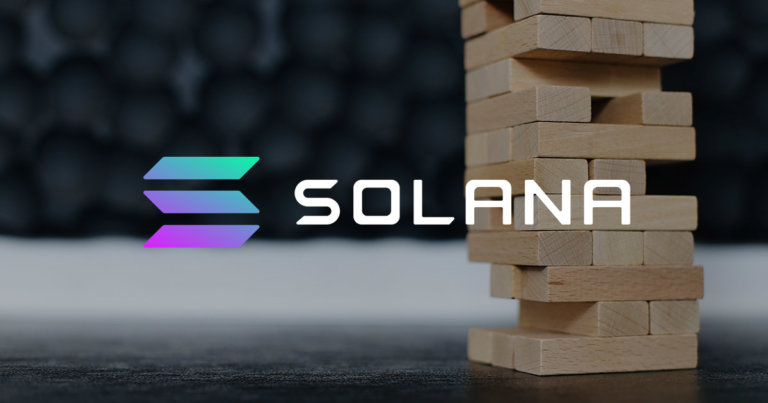
Photo by Valery Fedotov on Unsplash
Cryptocurrency asset managers Grayscale has released a report titled “An Introduction to Solana.” The firm gives a comprehensive assessment of the project, including its history, practical applications, and an overview of its potential risks.
Solana – the success story of 2021
According to CoinMarketCap, on January 3, Solana was ranked 112th with a market cap of just under $101 million.
As its price began creeping up, so did its market cap ranking. By August, Solana was a top-20 token, and it wasn’t long before it had entered the top-10 off the back of impressive price gains.
Even accounting for the recent dip, year-to-date gains come in at 8,700%. Moreover, given its approach to be a better Ethereum, investors seem sold on the project and what it hopes to achieve.
Grayscale says the Solana network is designed to enable developers access to a high-performance Web 3.0 cloud platform, offering Layer-1 scalability. It was designed to compete with Ethereum by providing greater speed, lower cost, and be more decentralized.
“aims to remove the complexities of Ethereum’s Layer 2 solutions by optimizing for speed, cost, and decentralization, from a political and geographic standpoint.”
What are the potential risks, and should you be concerned?
Grayscale lists five potential risks to Solana, some of which are general and could be applied to most crypto projects. For example, regulatory uncertainty, particularly the threat of being classed as a security by U.S regulators.
However, Grayscale also highlights economics and valuation as a potential pitfall, saying the network’s fee revenue is still relatively low compared to Ethereum. Meaning, the token’s valuation may not be in line with cash flows unless network fees start to increase over time.
“Unless fees grow from new applications, increased usage, or higher fees, the valuation may not be supported based on cash-flows value.”
The asset management firm also questions the project’s level of centralization. Recently, similar claims were made following a significant outage that saw the network grind to a halt on September 14.
Solana attributed this to a low-level bot attack that flooded the network. Devs responded by shutting down the network, leading to claims that Solana is 100% centralized.
To conclude, Grayscale also mentions Solana’s Proof-of-History (PoH) consensus mechanism as a potential issue. They say, as a new, unproven technology, there may be as yet undiscovered flaws in the PoH consensus mechanism, making it vulnerable to attack.
“Proof of History is a sequence of computation that can provide a way to cryptographically verify passage of time between two events. It uses a cryptographically secure function written so that output cannot be predicted from the input, and must be completely executed to generate the output.“
Solana’s impressive rise in 2021 shows demand for Web 3.0 platforms is strong. But perhaps the most significant risk posed is that investors are counting heavily on untested technology.
